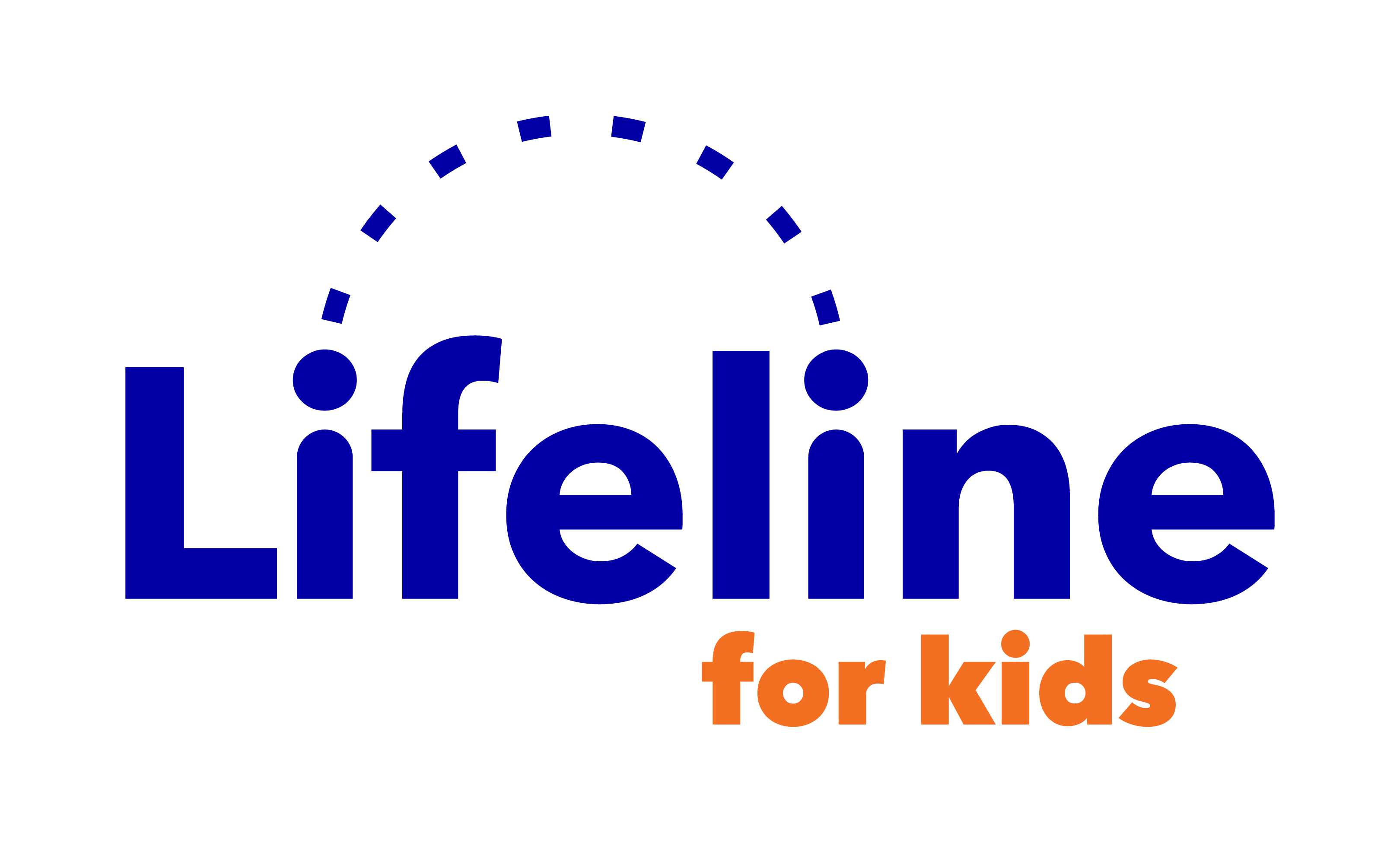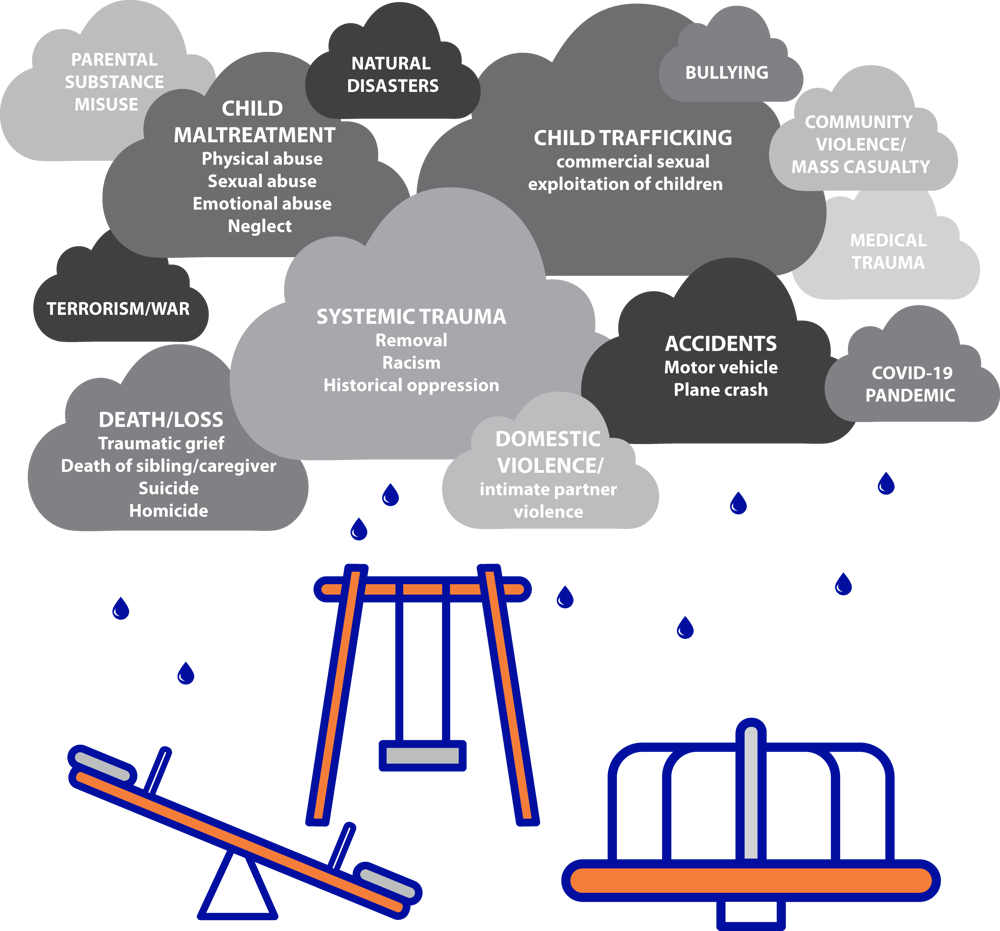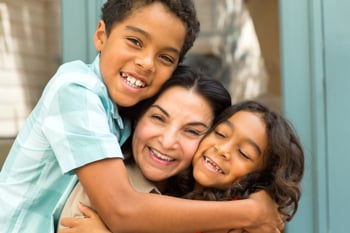How We're Increasing Access to Trauma-Informed Care
Trauma-informed care helps children overcome and thrive after trauma. At Lifeline for Kids, we have developed practical ways to implement trauma-informed care in traditional and nontraditional settings. In our statewide child trauma center, our experts have trained thousands of professionals in trauma responsive practices.
See how we’re positively impacting the lives of millions of children:

Trauma-informed care centralized referral service:
LINK-KID is our referral system for Massachusetts youth who have experienced trauma. It significantly reduces the time a child waits for trauma-informed care—from 6 to 9 months to around 40 days. Learn more about LINK-KID or call 1-855-LINK-KID to speak to one of our clinical referral coordinators.

Trauma-informed care trainings:
We offer trauma-informed care trainings to help child-serving professionals—including law enforcement, teachers, and social workers—better identify, screen, and respond to child trauma. Read more about our trauma-informed care training.

Evidence-based trauma treatment trainings:
We offer robust and customizable TF-CBT training to mental health agencies and clinicians. Participants are eligible for national TF-CBT certification upon completion. Get information about our Trauma-Focused Cognitive Behavioral Therapy (TF-CBT) training.

Trauma-informed care consulting:
We help organizations, agencies, and professionals adopt trauma-informed approaches into their workflows. Learn more about our trauma-informed care consulting services.

Resilience Through Relationships
initiative:
Resilience is a proven antidote
to trauma, and we know that resilience
is grown in supportive caregiving
relationships. Our Resilience Through
Relationships initiative seeks to promote
protective factors in children, parents,
caregivers, and families.




